Choosing the best time to visit Spain is easy because there’s never a bad time to be in Spain! It’s a large European country with many climates and incredible destinations, with something for every traveler and somewhere ideal to be every month of the year.
Spain’s mild and Mediterranean climate delivers hot summers that attract European crowds, while these same beach destinations rarely drop beneath 20°C (68°F) in the middle of winter.
Some people might argue the very best months to visit fall from late spring, April to June, or early autumn, from September to October. Visiting during these months avoids the summer heat and those high-season European crowds, though the northern coastline is always quieter and cooler.
From fun in the sun to ski resorts, Spain is a country that has it all. Let’s explore when the best time to visit glorious Spain is.
Visiting Spain in spring
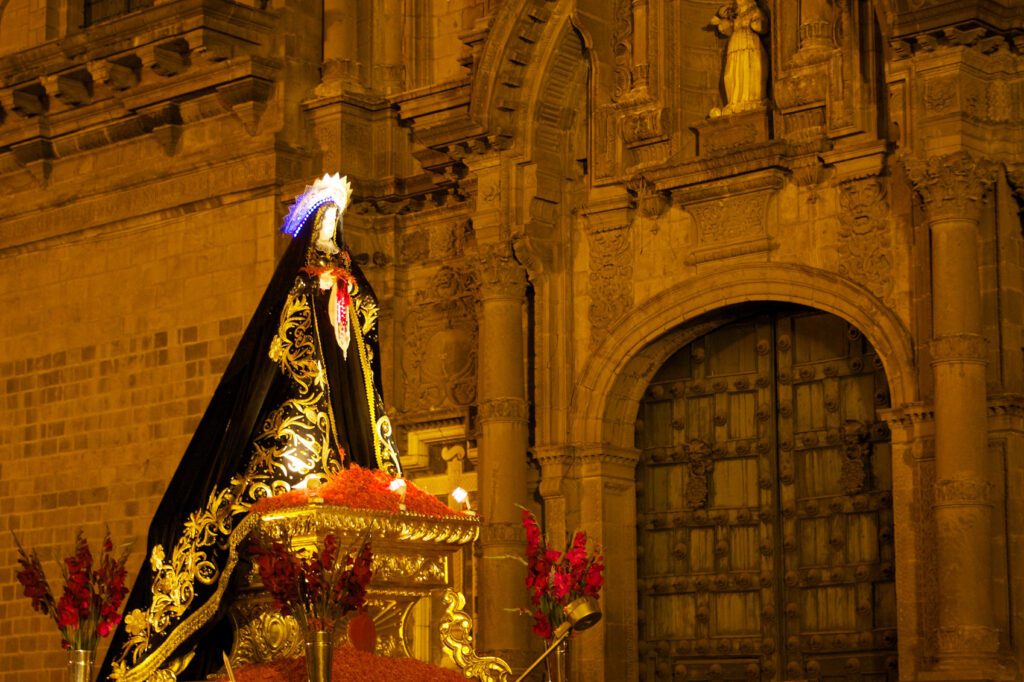

Springtime in Europe is always a good time, and it’s no different in Spain. Spring is the best time to visit inland cities and destinations in Spain. Places like Madrid, Seville and Toledo are pleasant to explore during spring and can be unbearably hot in the summer months.
There are lots of big festivals kicking off around April and the temperatures are comfortable for exploring. You could align your visit to fall during Semana Santa (Holy Week) or Easter in Spain. This is one of the most important religious festivals, and you’ll find many big cities and small towns putting on huge processions and reenactments. Semana Santa starts on Palm Sunday and finishes on Easter Sunday.
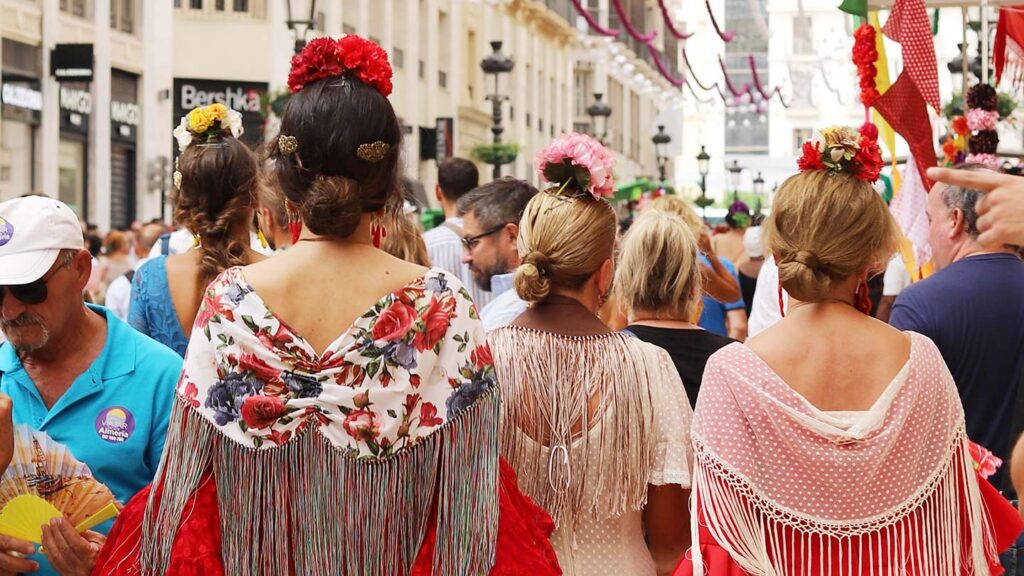

Then there’s the vibrant April Fair in Seville, a raucous and colorful display of music, food, dancing, and Andalusian culture. The festival pops up with more than 1000 ‘casetas’ or tents in the fairground, and the locals gather in traditional dress. In May you could catch the Feria de Caballo (horse fair) in Jerez de Frontera, or see the flower-filled Courtyards Festival in Córdoba, where locals open their patios.
Around June is when Corpus Christi falls, a religious celebration of Christ in the Eucharist, held 60 days after Easter Sunday. June is the start of summer music festivals in Madrid and Barcelona, and on the longest night of the year – June 23, Noche de San Juan – people light bonfires and jump over them for good luck.
Visiting Spain in summer


July and August are the hottest, most crowded, and most expensive months to visit Spain. Why? Lots of Europeans have their annual vacations during these humid months. Naturally they flock to the beaches, mostly along the south of Spain.
While the capital Madrid, experiences temperatures up to 40°C (104°F), not all of Spain is unbearably hot. The northern region of Spain experiences much cooler temperatures, from Galicia, which is cooled by the icy Atlantic Ocean, to Asturias and its green mountain climate. Then there’s Basque Country where San Sebastian is one of the best places to eat in Spain. The Canary Islands are also perfect year-round.
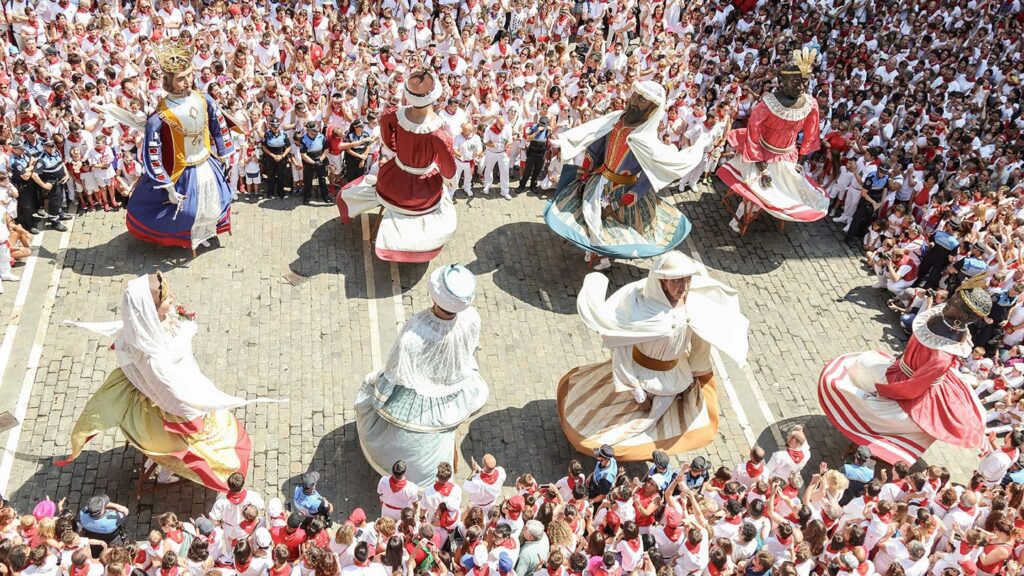

Early July brings the San Fermín festival in Pamplona with the famous Running of the Bulls event, and in August a lot of restaurants and shops will close as locals also take summer vacation time.
Visiting Spain in autumn or fall
Come September, the summer heat wanes but the good vibes continue across Spain’s cities and coastal destinations. As the crowds disappear and the temperatures become pleasant, Spains suddenly feels more relaxed and the locals return to daily life and the grape harvest begins.


You can join the harvest in Spain, picking grapes and stomping them for wine. Across the country there are tarditional harvest festivals and events at wineries that get you up close to one of Spain’s famous products! Try the Fiestas de San Mateo in in La Rioja, or fairs around Jerez.
If you’re interested in culture, the important Bienal de Flamenco is held every other year in Seville, showcasing the top flamenco artists in September. Barcelona also receives the exciting Festes de la Mercè that month. In October, catch Zaragoza’s big annual festival, the Fiestas del Pilar.


Visiting Spain in winter
While Spain may seem like a warm, sunny country, the winters can be bitterly cold in the interior and bring rain to the coastline. From late November to early March life slows down with fewer festivities, but there’s still plenty of fun to be had (and delicious Spanish food to consume!).
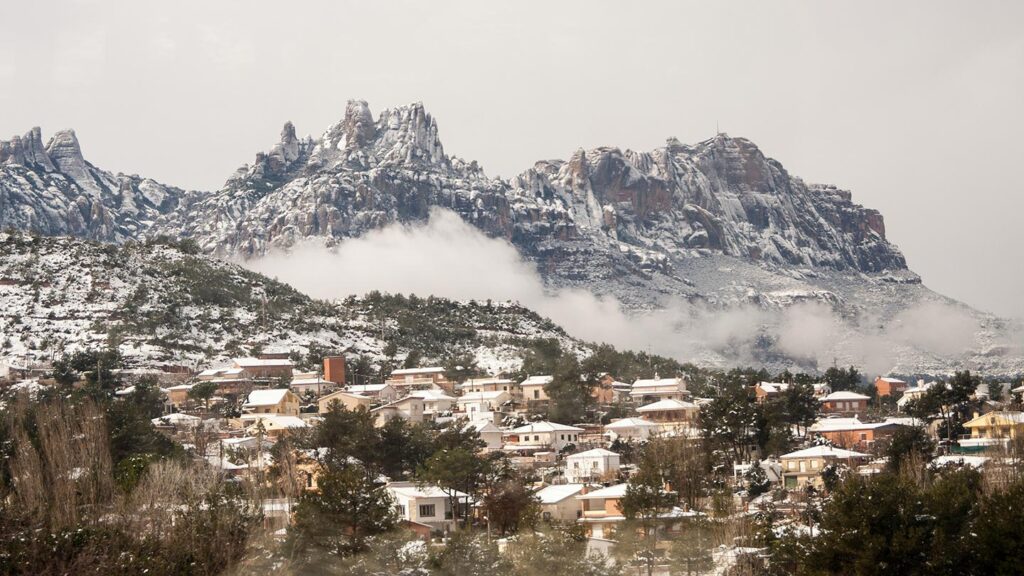

It might surprise people, but Spain has a number of ski resorts. Perhaps the most famous is the Sierra Nevada, located near Granada in the south. Spend crisp winter days enjoying tapas in town, then venture up to the mountain for fresh pow pow.
Winter is also Christmastime, and Spain does things a little differently. In December you can expect the shops and streets to be decorated, but it’s only on January 6 that children receive gifts. Three Kings’ Day falls on this day, and many cities celebrate with street parades where participants throw treats to spectating children.
The other big festivity in winter is Carnival, which falls in February in the lead up to Lent. In smaller towns in the north, there are tiny villages that celebrate this occasion with pagan traditions and scary costumes.
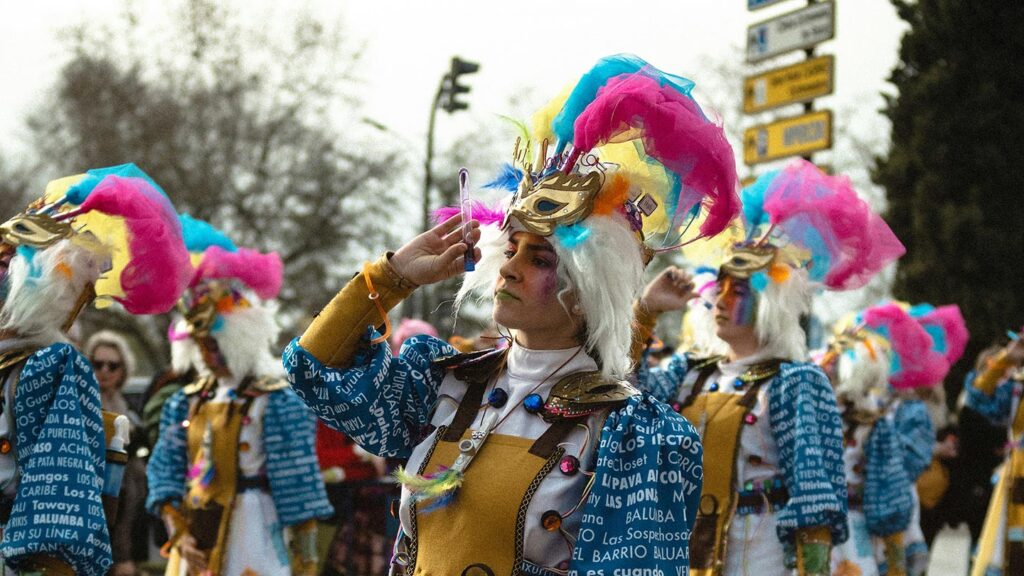

What month is cheapest for Spain?
Traveling during the low season will always be cheapest, and Spain’s low season is winter. The cheapest months would be January or February once the holiday fun and festivities have wrapped up. Down the south you can soak up sunshine along the well-named Costa del Sol, which experiences plenty of light and daily highs nearing 20°C (68°F).
What is the rainy season in Spain?
As you’d suspect, Spain’s rainy season falls during the low season, between December and February. The south of Spain usually experiences very brief showers year round, but you can get caught in the rain throughout the year in northern Spain. The rain will ease off in March, but April is notorious for “April showers”.
What do you think is the best time to visit Spain? Leave us a comment…